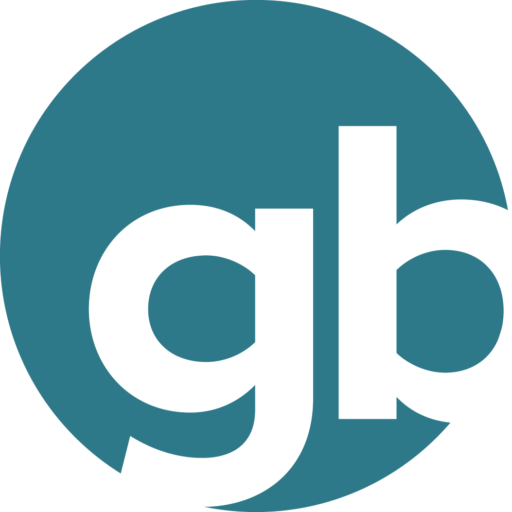I’m at the NASA Ames research park near San Fransisco as part of a group of 40 entrepreneurs and scientists from all over the world on a “summer project” called Singularity University.
With some impressive backers, including Google, ePlanet and LinkedIn, the event aims to develop new ideas and solutions to problems of climate, energy, health and resources that could help a billion people within ten years. It’s a tall order – but as always it will be entrepreneurs, scientists and VCs who can keep ahead of the wave and translate dramatic possibilities into practical activity.
Yesterday, we covered stem cell regenerative medicine, genome sequencing, nanotechnology and micro electrical-mechanical sensors (MEMS) – which are present in iPhones, infra red night vision devices and some medical equipment. In the evening, NASA astronaut Dan Barry talked through how the human body reacts to changes in the environment (for example, bone marrow reduction during space flight). At the weekend some colleagues will experience zero gravity courtesy of a specially-fitted aircraft which flies through special manouevres known as parabolas to create short periods of weightlessness. With all this happening against the backdrop of the 40th anniversary of the moon landings, it truly seems that everything is possible.
The rate at which everything is happening, and continues to happen, is staggering. Take the ongoing exponential increase in data, computing power and communication, which is making things that took years to do now achievable in days. The Genome Project can now achieve a full human genome sequence in a couple of weeks, while MEMS sensors are capable of shrinking computing to near-invisible scales and potentially at processing rates that will soon out-pace human thought. Computers have already beat humans at chess, and Google word co-occurrence algorithms can already learn and translate virtually any language to high accuracy.
Anyone in doubt of the rapid pace at which technology will continue to disrupt, need only look back at the status of mobile phones or the internet five or ten years ago, or the speed at which 200 million iPods took out the traditional music distribution industry. The only limit is ‘human bandwidth’, the speed at which markets and company structures can respond to innovation. If European business or finance is not fast enough to understand and capture the potential of these technologies, then it would probably be best to stay on holiday.






